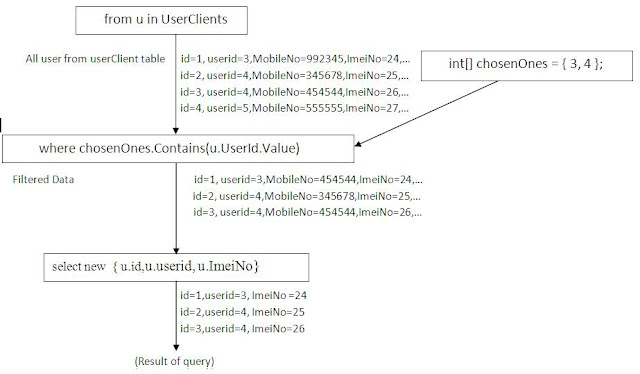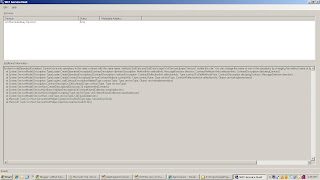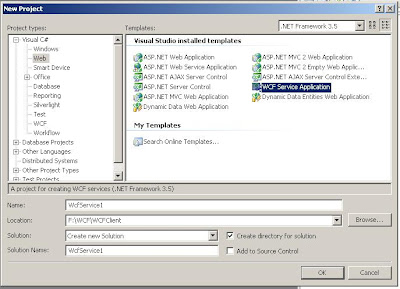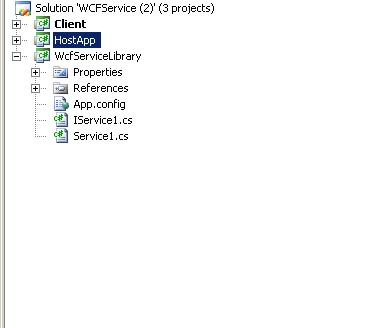Casting basically take place we are using relating between classes i.e INHERITANCE. Classes have parent child relationship i.e is-a relationship between them.
To understand it take example of below diagram
As show in above image Employee and Manager is having is-a relationship with person i.e Inherited from person class.
Now I have one method in my main class which take Employee as argument and do processing on the property of the class.
public void ProcessData(Person p)
{
....process data
Console.WriteLine(p.ToString());
}
Implicit conversion
Implicit conversion take place when there is is-a relation between two classes i.e Inherited form other. As per diagram Employee is Inherited from Person Class and so that as per OOD rule there is no need to convert Employee class to Person class.
Exmaple
public void testdata()
{
Employee emp = new Employee();
emp.Age = 25;
emp.BirthDate = DateTime.Now;
emp.Height = "5 ' 3";
emp.salary = 2000;
emp.type = 1;
ProcessData(emp);
}
When you compile and run the code there is no error because its Implicit conversion from child to parent.
Explicit conversion
Where there is no relation between classes and if you want to pass the object of another type to method than you need to convert it explicitly.
Example
Consultant cons = new Consultant(); cons.Age = 25; ....
object obj = cons; ProcessData((Employee) obj);
Note
Above code not give any kind of complier error but it throws runtime InvalidCastException if it not able to cast to the type
Following is solution to avoid InvalidCastException at runtime because of Explicit conversion.
Solution 1
Catch the exception and handle it.
Consultant cons = new Consultant();
cons.Age = 25;
....
try
{
ProcessData((Employee) cons);
}
catch(InvalidCastException ex)
{
... process exception
}
Solution 2
Make use of 'as' keyword of C#. It does conversion from one object to another object and return Null if it not able to convert. Use it when you want to convert object form one type to another object.
Syntax
type t =expression as type;
Example
Employee emp = new Employee();
Person p = emp as Person;
if(p!=null)
{
.. process data
}
else
{
.. display error message or do antohter code
}
Solution 3
Make use of 'is' keyword of C#. It does conversion from one object to another object and return false if it not able to convert. Use it when you want to check it convertible or not.
Syntax
type t = expression is type
Example
Employee emp = new Employee();
if(emp is Person)
{
Person p = (Person)emp;
.. process data
}
else
{
.. display error message or do antohter code
}
Difference between as and is
- as operator do conversion form one type to another type and return Null if converstion
fails. There is no need to conversion again if its convertible as shown in example code. - is operator checks weather one object is convertible in another type or not and return false if not. So need to convert object to base type if it convertible as shown in exapmple code.
'is' and 'as' keyword play important role when we do the casting of the related objects Explicitly. But you need to use it according to situation as we discuss in Difference section of this post.





































